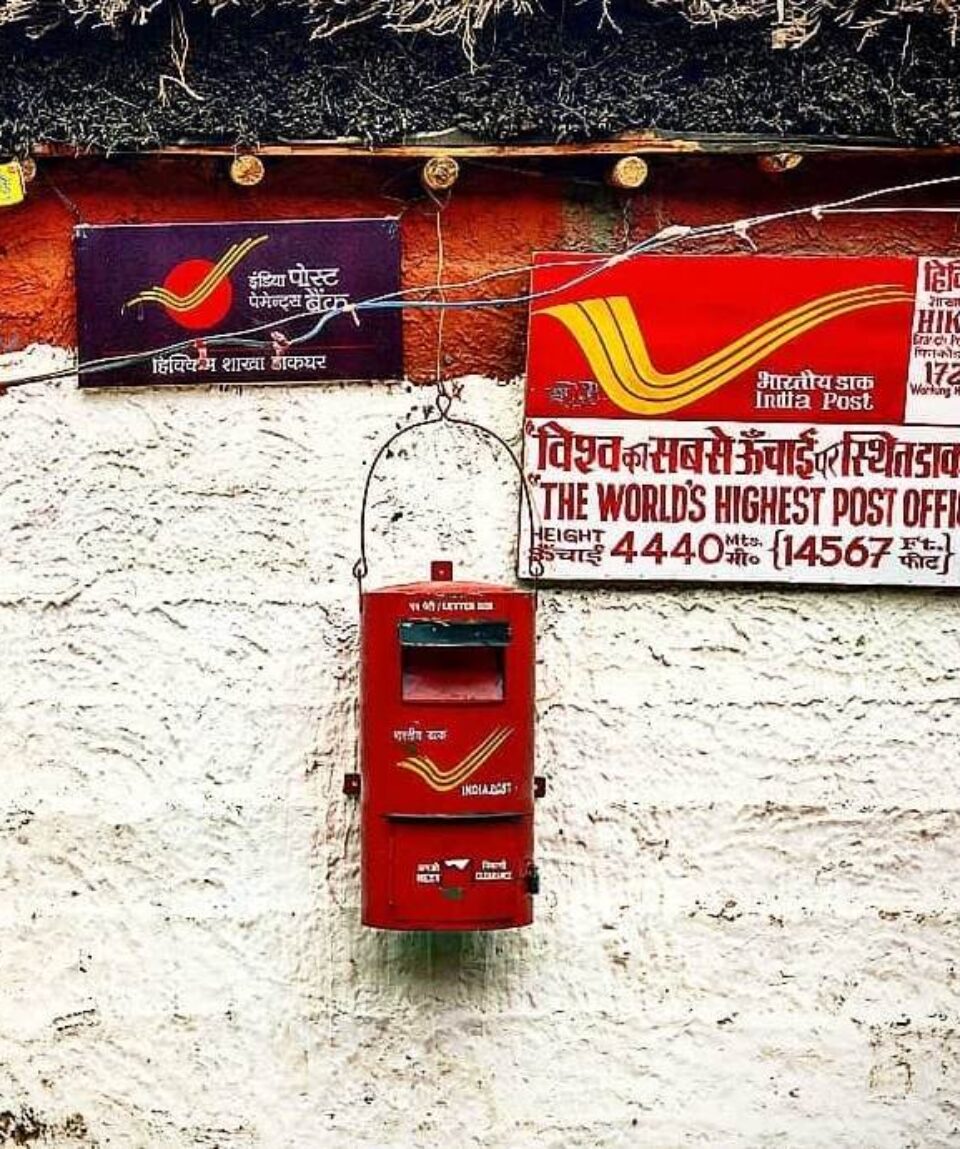Spiti Valley Tour from Chandigarh 9 Days
fromBest time to Visit spiti valley tour from chandigarh is from June to October 1st Week
-
Reviews 0 Reviews0/5
-
Vacation Style Holiday Type
-
Activity Level Challenging
-
Spiti Valley is an absolute adventure to many and it is a great pleasure to watch the landscapes filled with exotic flowers and immensely attractive meadows. This panoramic valley is packed with small huts and the beautiful Buddhist monasteries settled by people who live plain lives and they welcome tourists with open arms.
There are so many places to visit during this Spiti Full Circuit Tour including – Chitkul, Kalpa, Gue Mummy, Tabo, Pin Valley, Key Monastery, Langza Buddha Statue, Kaza, Dhankar Village, Chandratal Lake and others places. It is said that the people are strongly influenced by the Tibetan Buddhism, so travellers find it exciting to explore the religion and culture followed by the locals here.
- Accommodation at homestays, hotels and Campsite will be provided on a double and triple sharing.
- Breakfast and dinner will be provided every day. On Day 1 you will be given dinner only, and on Day 8, you will get breakfast only.
Day 1 – Dinner
Day 2 – Breakfast and Dinner
Day 3 – Breakfast and Dinner
Day 4 – Breakfast and Dinner
Day 5 – Breakfast and Dinner
Day 6 – Breakfast and Dinner
Day 7 – Breakfast and Dinne
Day 8 – Breakfast
- You will travel by comfortable Vehicle from Day 1 to Day 8.
- An experienced driver who has thorough knowledge of the place will be provided.
- The driver’s allowance and fuel charge is included in the total cost.
- All required permits during the trip.
- Chandratal Camping Fee
- Manali to Delhi Volvo Bus Tickets.
- 5% GST
- Lunch and any personal expenses for food or any other reason.
- Expenses incurred on availing porters.
- Costs arising out of situations like natural calamities, roadblocks, floods, or landslides.
- Expenses for entry fees to any monasteries, camera charges, safaris, or adventure activities like rafting, paragliding, etc.
- Costs on telephone bills, laundry, tips, and others as well
- Any other expenses not included in the Inclusions list
- Day 1 Chandigarh to Narkanda (174 km, 7 Hrs)
- Day 2 Narkanda to Chitkul (180 km, 7 Hrs)
- Day 3 Chitkul to Kalpa (61 km, 3 Hrs)
- Day 4 Kalpa - Nako Lake - Geyu Mummy - Tabo (161 Km, 7 Hrs)
- Day 5 Tabo - Pin Valley - Dhankar - Kaza (114 kms, 6 hrs)
- Day 6 Kaza - Key Monastery - Hikkim - Komik - Langza - Kaza (75 kms, 5 hrs)
- Day 7 Kaza - Losar - Kunzum Pass - Chandratal Lake (120 km, 7 hrs)
- Day 8 Chandratal - Atal Tunnel - Manali (120 km, 8 Hrs)
- Day 9 Reach Delhi
The best months are May and September during the summer season when the climate remains pleasant and hotels, homestays are open for the travellers. Locations including Chandratal and Manali are easily reachable through Rohtang Pass.
If you want to go in the winter season then December to March are the ideal time to visit Spiti Valley.
During the months of June to September the temperature goes to The 20 degrees Celsius with a minimum of 5-10 degrees Celsius. Some of the places in Spiti Valley are very cold and chilly including Bataal, Hansa, Chandratal.
During winter months from December to February the temperature goes to -30 degrees Celsius. As we well know that Spiti valley is a cold desert so there is no such thing at that time.
Generally, the best time to visit Spiti Valley in Himachal is between April to October.
- You can explore Winter Spiti from April to June month
- You can attempt the full circuit of Spiti Valley in July to September : Chandigarh–Shimla–Kinnaur–Kaza(Spiti Valley)–Kunzum Pass–Rohtang Pass–Manali–Delhi.
- The Kunzum and Rohtang Passes are clear of snow and open for transport during late June to October first week. The weather is pleasantly cold and there is still ample snow to be seen all around.
- Although the December-March window would be preferable if you want to see a completely snow-covered frozen wonderland of Spiti and brave the subarctic cold.
- Late September and October brings the valley out of hibernation as it starts to display the warm golden colours of Autumn.
There are 2 routes to visit Spiti located in Himachal: via Shimla and via Manali.
The Shimla route, taking the Hindustan-Tibet highway, goes: Shimla–Narkanda–Rampur–Powari–Spillow–Khab Bridge–Nako–Chango–Sumdo–Tabo–Kaza. Spiti Valley starts after Sumdo. This route remains accessible all year.
The Manali route goes: Manali–Rohtang pass–Gramphu–Chhatru–Chota Dhara–Batal–Kunzum Pass–Losar–Kaza, and is only accessible between June-October First Week.
Starting from Delhi/Chandigarh, a minimum of 7-10 days is needed to explore the mystical Spiti Valley and its offerings. It takes about 3-5 days to reach and come back from Spiti depending on the route. So you can dedicate the remaining days to enjoy the striking and fierce beauty of nature in Spiti.
While there are many unbeaten paths and unexplored destinations in this jewel of nature, here are few places you can visit to get an essence of Spiti.
- The Hatu Peak and Bhimakali temple in Shimla
- Karcham Wangtoo Hydroelectric Plant
- Chitkul, the last village on the Hindustan-Tibet road
- Kalpa, Khab Sangam – the confluence of Spiti and Sutlej, Nako
- Gue Mummy, Tabo
- Mane, the prettiest village in Spiti according to locals
- Dhankar, Pin Valley, Kaza
- Langza, Hikkim, Ki Monastery
- Tashigang, the highest settlement in Spiti Valley.
- Chicham bridge, Asia’s highest bridge at 13596ft
- Losar Village
- Kunzum Pass
- Chandratal, popular glacial lake 15 kms away from Kunzum Pass
- Rohtang Pass, another famous destination about 52 kms before Manali
You should choose your wardrobe depending on when you’re visiting Spiti. The staple items that you’ll need all year round are:
- Thermal inners and a light fleece jacket
- Socks, gloves, and a monkey cap or balaclava – all woolen or fleece material
- Proper shoes with enough insulation for comfortable long journeys
- Hat, sunglasses, sun protection cream and lotion
Apart from these, choose clothes that can be worn in layers so that they can be removed or added depending on temperature. Light woolens will suffice between June-August. But March-June or September-November will require heavy woolens. Although if you’re travelling in winter between December-April, you need to pack very carefully to protect yourself against the merciless cold and winds.
Being at such high altitudes, ATMs in Spiti are not frequent and mostly non-functioning. Places like Kaza, Tabo, Sangla, and Kalpa have ATMs, they’re likely to be out of cash or disfunctional. It is best to withdraw cash from Shimla or Manali itself as cashflow in ATMs is very stable, or Reckong Peo which has 6-7 ATMs
Permits are generally required for foreign nationals visiting Spiti. A Protected Area Permit(PAP) can be obtained from Shimla or Kaza depending on the route you’re taking. Permits for vehicles are also required for people coming in from Manali to cross Rohtang Pass. For Indian nationals, a government identity proof like passport/voter ID/Aadhar is enough. All permit fees are included in your Spiti Valley package so that you can enjoy a hassle-free trip.
You should know while traveling that only postpaid sims work in some of the places in Spiti. For good connectivity, there is BSNL, AIRTEL, JIO. Sometimes due to lack of electricity, the phone lines don’t work.
Homestays are perfectly suited for the phrase ‘home away from home. Homestays are where you can stay with the local family and live with them, experience their culture and practices, share meals with them, help them with their regular activities.
In Spiti Valley, Homestays are very primarily made up of mud. Mostly people eat vegetarian food, meat is not accessible in this region. There are eco-friendly toilet facilities in the homes. There is bedding for you to keep you warm during the night.
In simple words guests at the Homestays are accommodated in the family house that will provide you with the basic but tasty food.
It is strongly recommended to adopt and acclimatize yourself before indulging in any physical activities.
No, as a guide we don’t allow you to consume alcohol during the journey.

